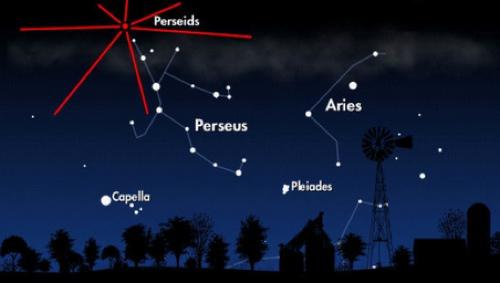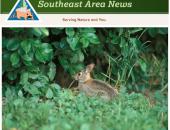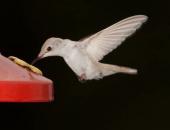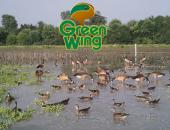
You're in luck — it's a particularly good year for viewing the Perseid meteor shower, which peaks this week and is widely considered to be the best annual shooting star show.
"It is usually the strongest one of the year, so you see more meteors per minute than other meteor showers," says J. Randy Attwood, executive director of the Royal Astronomical Society of Canada.
"This is the one in the year where I would say that it would be worth someone's while to make an effort to see it."
The best times to watch it are expected to be after midnight on Tuesday (early Wednesday morning) and Wednesday (early Thursday morning.)
This year is better than most for viewing the Perseids, as Aug. 14 is a new moon, so there will no "light pollution" in the form of moonlight to wash out the fainter meteors.
Here are some tips for catching the most falling stars:
Go someplace dark
If you're up at the cottage or camping, you should "definitely" look for this meteor shower, Attwood says.
"If you can get outside the city, the darker the sky the better."
NASA says if you're somewhere with a dark sky, you can expect up to 100 meteors per hour at the very peak of the meteor shower. That may include some particularly bright ones known as fireballs that the Perseids are known for.
Attwood says it's more typical to see a meteor every couple of minutes or 25 to 30 per hour during the peak of the Perseids, although you may only see one every hour or two if you're in an urban area like Toronto that's flooded with artificial light.
Try to catch the peak
The meteor shower is expected to peak at 4 a.m. ET or 1 a.m. PT on Aug. 13, according to NASA.
While you'll see the most meteors early Wednesday and early Thursday morning, there should be an above-average number of them already, right through to Aug. 24.
Also, there may be other periods when you can see an unexpectedly high number of meteors.
That's because the meteor shower is caused by the Earth passing through a trail of dust and debris left behind by the comet Swift-Tuttle, which can be thicker in some places than others.
"There's a chance you might get a few hours where we're going through one of these thicker, denser clumps of material, so you'll get more meteors," Attwood said.
Watch after midnight
Whether it's the peak night or not, you'll see more meteors in the early morning than the late evening.
The geometry means you'll see more meteors, just as you'll see more bugs hitting the front windshield of the car than the side or back windows.
Later in the night, the part of the sky where the meteors originate will also be higher overhead, giving you a better view, NASA says.
Look toward Perseus and Casseiopeia
The meteors will streak across the sky at about 60 kilometres per second from near the constellation Perseus that the meteor shower is named for.
NASA recommends lying with your feet pointing toward the northeast, with a view of as much of the sky as possible.
"You don't need telescopes or binoculars," he says.
Be patient
NASA suggests that you give your eyes 30 minutes to fully adjust to the darkness to improve your chance of seeing meteors.
And if it happens to be cloudy on the night you hoped to see the meteor shower, don't worry. Try again the next night.





